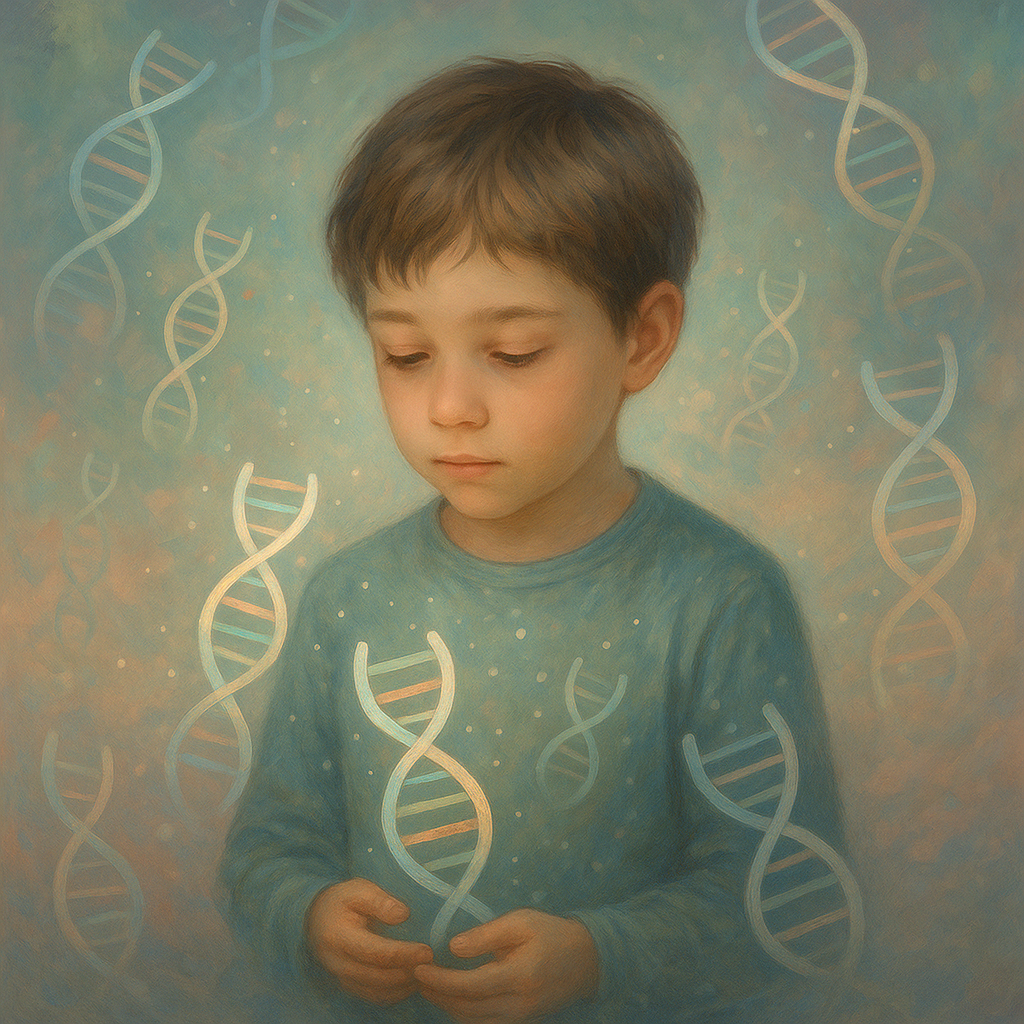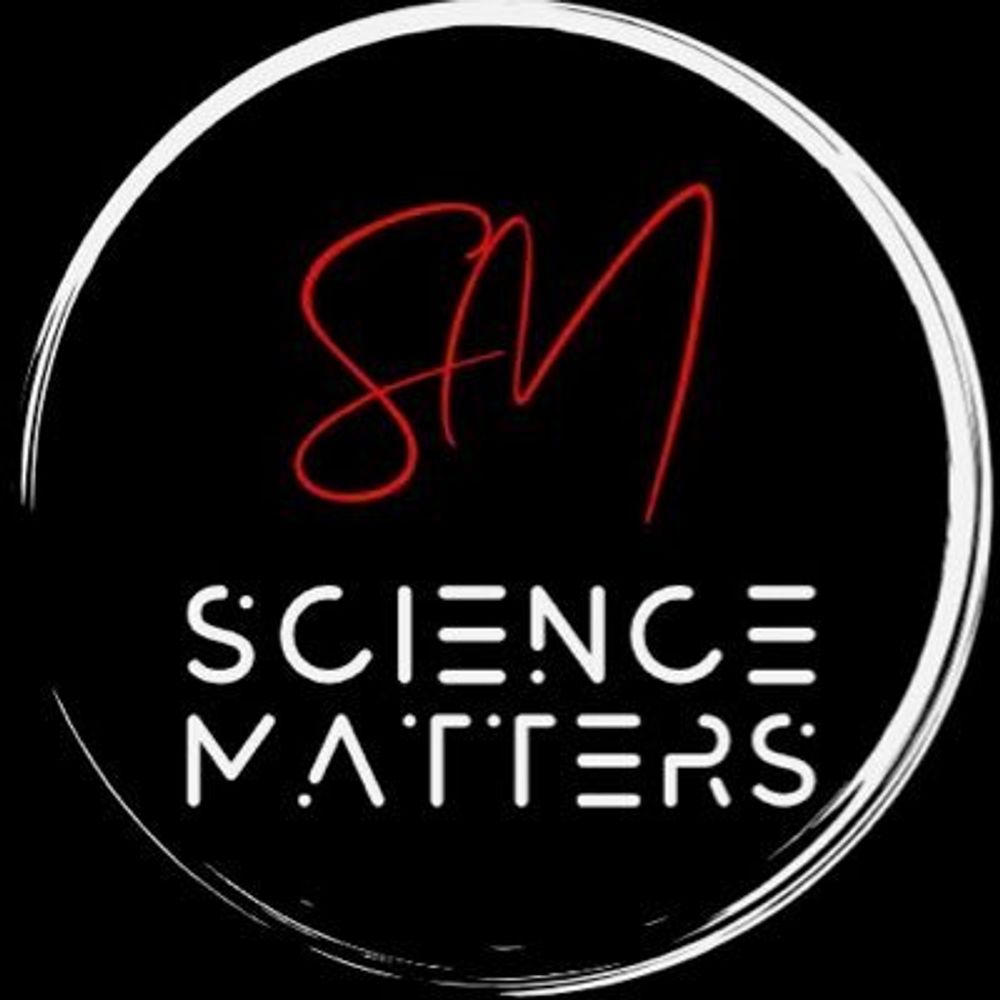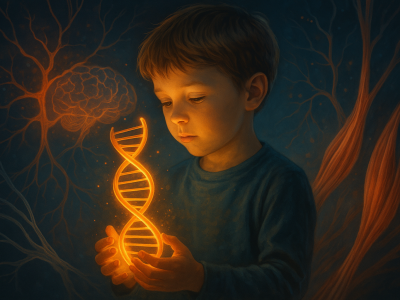When Professor Łukasz Sznajder noticed a curious genetic pattern in a rare neuromuscular disorder called myotonic dystrophy type 1 (DM1), he did not expect to find himself on the cusp of redefining how we understand autism. Yet that is precisely where he and an international team of researchers now find themselves, following the publication of their groundbreaking study in Nature Neuroscience.
The paper reveals a previously unknown genetic and molecular link between DM1 and autism spectrum disorder (ASD), suggesting that a genetic defect responsible for muscle degeneration may also interfere with brain development, possibly contributing to autism in affected individuals. The findings mark a significant shift in our understanding of autism, moving beyond broad behavioural diagnostics to reveal the disorder’s underlying molecular architecture.
A new genetic clue to an age-old mystery
Autism spectrum disorder is a complex condition that affects around 1 in 36 children worldwide. Characterised by challenges in social interaction, communication difficulties, and restricted, repetitive behaviours, ASD is one of the most studied yet least understood neurodevelopmental disorders. While hundreds of genes have been associated with autism risk, their individual contributions and interactions remain elusive.
DM1, on the other hand, is far rarer. Affecting approximately 1 in 2,100 births, it is a progressive, inherited disease that causes muscle weakness, fatigue, cognitive decline, and in some cases, behavioural issues. What is striking, and now scientifically documented, is that children with DM1 are up to 14 times more likely to be diagnosed with ASD.
This clinical overlap prompted a novel question: could DM1 offer a model to explore the causes of autism?
A repeating piece of genetic code
At the heart of the discovery lies a mutation in the DMPK gene, located on chromosome 19. In healthy individuals, this gene contains a small stretch of DNA called a CTG repeat. In those with DM1, this repeat becomes abnormally expanded, creating a mutation known as a tandem repeat expansion (TRE).
This expanded sequence results in the production of toxic RNA molecules, which act like molecular sponges. They absorb essential proteins from the muscleblind-like (MBNL) family, particularly MBNL1 and MBNL2. These proteins are critical for RNA splicing, a process that edits RNA transcripts so that cells can produce functional proteins.
Without functional MBNL proteins, RNA splicing goes awry. This causes widespread disruptions in other genes, including those essential for brain development and function. Crucially, the mis-splicing events were found to occur within genes already known to increase autism risk, such as ANK2, SCN2A, DMD, and SHANK2.
Autism's molecular roots
One of the most revealing aspects of the study was the discovery of faulty splicing in microexons. These are tiny segments of genetic code, often just a few nucleotides long, which play a vital role in the fine-tuning of proteins in the brain. They influence how neurons connect and communicate.
Microexon mis-splicing has long been observed in idiopathic autism, but this is the first time a direct causal link has been made to a known genetic condition like DM1. In the brains of people with DM1, as well as in DM1 model mice, researchers observed a significant enrichment of microexon disruptions in autism-associated genes. This overlap reinforces the idea that DM1 is not merely coincidentally associated with autism but may offer a biological pathway to its emergence.
The gene ANK2, for instance, was found to undergo faulty microexon inclusion in both DM1 and autism brains. This mis-splicing affects the structure of proteins involved in neuron signalling, which could explain the social and behavioural deficits seen in both conditions.
It’s like removing the conductor from an orchestra. Without MBNL proteins directing the splicing process, the genetic ‘music’ becomes chaotic, leading to developmental roadblocks.
-Dr. Ryan Yuen
Mice behaving like children with autism
To validate their genetic findings, the researchers turned to behavioural experiments using genetically engineered mice. Mice carrying the expanded CTG repeat in the DMPK gene and others lacking MBNL2 in the nervous system exhibited behaviours akin to autism in humans. These included reduced social interaction, heightened anxiety, and hypersensitivity to novel environments.
One particularly revealing experiment involved exposing mice to a new object or arena. The mice with DM1 mutations displayed impaired social novelty preference, mirroring core features of ASD. According to the researchers, these behavioural phenotypes stem directly from the molecular defects they observed in RNA splicing.
Rewriting the rules of autism diagnosis
Perhaps the most revolutionary aspect of this study is the potential it offers for transforming autism diagnostics. Rather than relying solely on observed behaviours, clinicians may soon be able to screen for specific genetic and molecular markers that predict autism risk. This would be especially helpful in individuals with known genetic mutations, such as those with DM1, enabling early intervention and tailored therapy.
Dr Ryan Yuen, senior scientist at the Hospital for Sick Children in Toronto and co-lead on the study, added: “By identifying the molecular pathway behind this connection, we can begin to investigate new approaches to ASD diagnosis and the development of precision therapies that restore normal splicing patterns.”
This paradigm shift would allow researchers and clinicians to move away from a purely symptomatic understanding of autism and toward a biological subtyping of the disorder, paving the way for precision medicine in neurodevelopmental conditions.
Can autism be reversed?
While autism is not currently considered a curable condition, the discovery of its molecular underpinnings opens new doors. If toxic RNA and protein mis-splicing are the root cause in certain individuals, it may be possible to design treatments that either remove the toxic RNA, restore MBNL function, or correct the splicing errors.
Work is already underway. Scientists have previously developed molecules capable of shrinking repeat expansions in conditions like Huntington’s disease. Applying similar strategies to DM1 and autism is not only plausible but increasingly likely.
Moreover, researchers are experimenting with transcranial pulsed current stimulation (tPCS), a non-invasive brain therapy. In a separate study, children with autism who received tPCS treatments showed significant improvements in sleep, sensory processing, and social behaviour. While not directly related to the DM1 study, these findings point to a future in which therapies may target both the brain’s biology and its activity.
Reference
Sznajder, Ł. J., Khan, M., Ciesiołka, A., Tadross, M., Nutter, C. A., Taylor, K., … & Yuen, R. K. (2025). Autism-related traits in myotonic dystrophy type 1 model mice are due to MBNL sequestration and RNA mis-splicing of autism-risk genes. Nature Neuroscience, 1-14. https://doi.org/10.1038/s41593-025-01943-0



